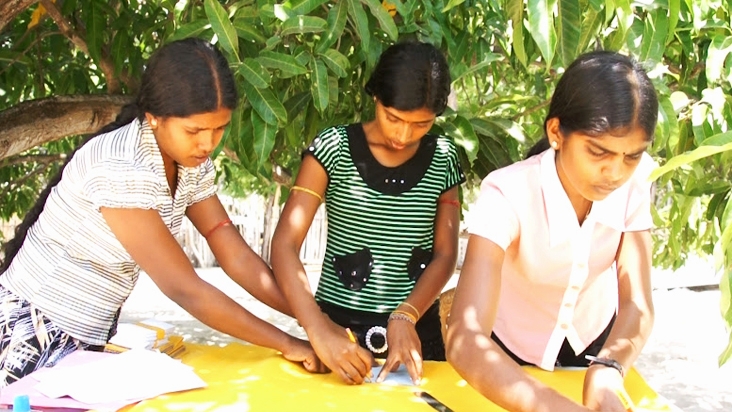Challenge
Building capacities among resettled communities affected by conflict through networks of trust supporting socio-economic activities in a post conflict era, is the biggest challenge of this project. Of particular note in this regard are the project’s efforts to re-build infrastructure, livelihoods and community networks in a manner which encourages bonding with one another and bridging differences for common gain.
Since 1983, the armed conflict taxed the communities in terms of life, facilities and injury, affecting over 1.7 million people. Although camps for Internally Displacement Persons Camps (IDP) in the Northern Province were declared closed on September 26, 2012, resettlement in the Northern Province continues with people coming from other places. In November and December 2010, Sri Lanka was hit by the heaviest rains in one hundred years, which caused devastating floods and landslides. The three districts of the Eastern Province—Batticaloa, Ampara and Trincomalee—suffered the most, representing 94 percent of the total population affected by flooding. According to preliminary official estimates of the Ministry of Finance and Planning, the cost of the flood impact was US$500 million for rehabilitation of rural infrastructure such as small-scale irrigation, rural roads, drinking water supply, housing, electricity, health and schools as well as cost to livelihoods of damaged crops, livestock and fisheries. The floods also affected households earning income from non-farm sources due to the loss of their productive assets and severely affected the livelihoods of around 15,000 fisher families.
